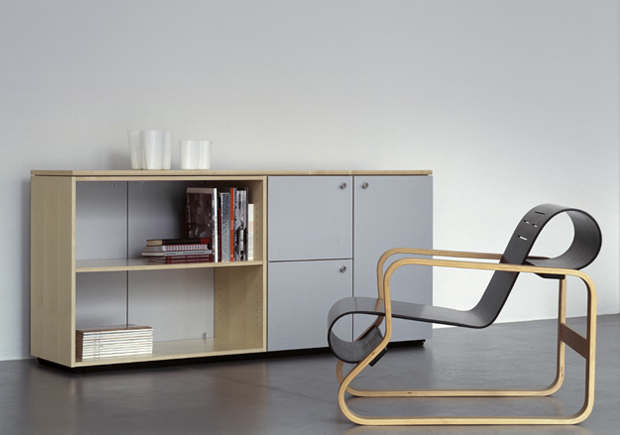DIETER RAMS TEN PRINCIPLES OF “GOOD DESIGN”
1. Good Design Is Innovative : The possibilities for innovation are not, by any means, exhausted. Technological development is always offering new opportunities for innovative design. But innovative design always develops in tandem with innovative technology, and can never be an end in itself.
2. Good Design Makes a Product Useful : A product is bought to be used. It has to satisfy certain criteria, not only functional but also psychological and aesthetic. Good design emphasizes the usefulness of a product while disregarding anything that could possibly detract from it.
3. Good Design Is Aesthetic : The aesthetic quality of a product is integral to its usefulness because products are used every day and have an effect on people and their well-being. Only well-executed objects can be beautiful.
4. Good Design Makes A Product Understandable : It clarifies the product’s structure. Better still, it can make the product clearly express its function by making use of the user’s intuition. At best, it is self-explanatory.
5. Good Design Is Unobtrusive : Products fulfilling a purpose are like tools. They are neither decorative objects nor works of art. Their design should therefore be both neutral and restrained, to leave room for the user’s self-expression.
6. Good Design Is Honest : It does not make a product more innovative, powerful or valuable than it really is. It does not attempt to manipulate the consumer with promises that cannot be kept
7. Good Design Is Long-lasting : It avoids being fashionable and therefore never appears antiquated. Unlike fashionable design, it lasts many years – even in today’s throwaway society.
8. Good Design Is Thorough Down to the Last Detail : Nothing must be arbitrary or left to chance. Care and accuracy in the design process show respect towards the consumer.
9. Good Design Is Environmentally Friendly : Design makes an important contribution to the preservation of the environment. It conserves resources and minimises physical and visual pollution throughout the lifecycle of the product.
10. Good Design Is as Little Design as Possible : Less, but better – because it concentrates on the essential aspects, and the products are not burdened with non-essentials. Back to purity, back to simplicity.
Herein lies the needs for critical reflection - are the aforementioned principles, generally applied to industrial product design, transferable to the design of homes? Note: Homes in this instance refer to single family residential dwellings.
Surely someone would have proclaimed that such staunch interpretation of "good design" is unflattering and is in danger of producing gentrified design. A simple survey of townhouses around Melbourne and its inner city suburbs portrays an "assembly line" production of cookie-cutter houses that are void of character (ironic as certain townhouses try specifically not to disrupt the status quo of council appointed 'neighbourhood character').
Whilst there are points to be taken from the 10 principles, we think that homes should not be seen merely and treated so fiercely as a product, but perhaps viewed upon as a collection of well-designed, finely detailed craft work coming together to make the sum greater than their parts. Good architecture has the ability to form the foundation of a home for its residents to make it great, by working with people's ways of life and designing spaces to enrich them. A bespoke home does not request people to fit into its mold, but should rather mold itself around the people whose lives it serves.
We agree that good design should be treated fastidiously and sometimes brutal in culling the fluff. However good architecture sometimes means designing space for fluff to flourish as part of the lives of its inhabitants.
*Side-note: For more info on Mr. Rams and his works, feel free to peruse a page dedicated to him by the good folks at Artsy. Link here.


